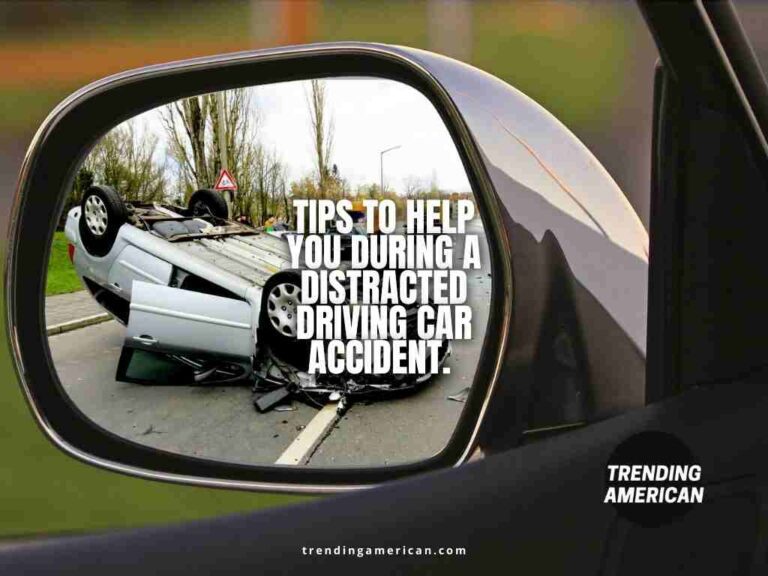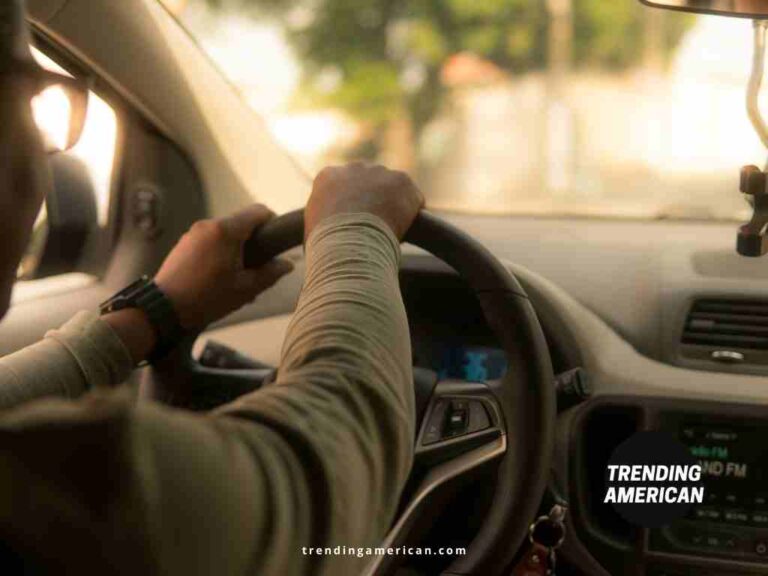Is vinyl the same as Paint Protection Film?
If you have just bought a new car, you might be wondering how you can protect your shiny brand new car from scratches. If you are a car enthusiast, you may have often come across the terms vinyl wraps and car paint protection films on car forums or other such mediums. Since both are wraps, many people use the two terms interchangeably. However, this is not the case!
In reality, vinyl and paint protection film (PPF) are completely different from each other in terms of the material they are made out of, the function they perform, and their method of installation. So, if you thought the car paint protection film was a clear or transparent version of a vinyl wrap, we are here to provide the correct information, so you can decide which one suits your needs.
This article offers a detailed explanation of the differences between paint protection film and vinyl wraps, so you have a clear knowledge of which material you are covering your car with, what goes well with the aesthetics you are aiming for, and whether it provides the kind of durability you require for your vehicle. So, without further ado, let’s get started.
Vinyl wraps
Vinyl wraps are mostly intended for cosmetic purposes and used by car owners to alter the appearance of their cars. While some people opt to change the car’s paint color, it is a lengthy and expensive process. Vinyl wraps offer a cheaper way of changing the car’s exterior and offer more options in terms of altering the car’s appearance while protecting the current paint of the car.
What is it made of
Vinyl wrap is a large special vinyl film usually made of PVC (polyvinyl chloride). The reason why PVC is used for manufacturing vinyl wraps is its versatility, as it can be manufactured in any material or color. It is why most car owners use vinyl wraps to instantly change how their car looks.
What does it do
You will find vinyl wraps in different finishes, patterns, colors, and designs at Vinyl Labs. The vinyl wraps can also be printed to add text design, making them a great option for businesses that use their official vehicles to promote their business and make their fleet stand out among the rest.
Vinyl wraps can easily cover the car and alter its look. The wrap is directly placed over the original paint to encase the car, protecting its paint, making it more durable, and retaining its original shine and luster.
If you want to change the way your car looks but do not want to spend too much money to get it repainted, vinyl wraps are a much quicker and cheaper option for this purpose. For instance, if you were to get your vehicle repainted, it would easily cost you anywhere between $3,000 and $10,000, depending on the type and color of paint you want. On the other hand, a good quality vinyl wrap would only cost you around $2,500 to $4,000, depending on the car you want to be wrapped.
Similarly, vinyl wraps come in a larger variety of colors than car paint colors, offering more choice. So, if you are fond of experimenting with your vehicle’s appearance, you can easily use a vinyl wrap. Since it comes off easily, you can reverse the change or opt for a new colored wrap after a few years.
Good quality vinyl wraps are long-lasting and can stay intact for as long as 10 years without any issues. So, if you have a new car or just got it repainted, you can use a wrap to protect the paint and change your car’s appearance in the process if you had qualms about its appearance previously.
What to consider
Installing a vinyl wrap takes special skill, so it is a job best left to the professionals who will perform an immaculate job and make your car look brand new and shiny without damaging the car’s paint or other exterior features. Since the wrap is easily removable, getting rid of it when you do not want it anymore should not be a problem.
However, vinyl wraps are not a permanent solution and do not provide much protection against scratches or chips. At the same time, if you employ some care tips, you can increase their life and ensure durability. These include not leaving the car out too long under the sun, parking it in covered areas to protect it from rain and sun, and washing the car gently by hand with a soft cloth. If you see some stains on the wrap, use rubbing alcohol to clean them.
Paint protection films
Car paint protection film, or PPF, as the name suggests, is intended to protect the car’s exterior. It is a thin and transparent sheet applied to the car’s surface and preserves the car’s original paint.
What is it made of
PPF is usually made from polyurethane or urethane. Since it needs to be strong, clear, and flexible, polyurethane is the ideal material for the purpose. Also called a clear bra, a PPF is transparent and can be customized to give the car a matte or glossy look, depending on the customer’s preference.
Compared to vinyl wraps, the paint protection film is thicker and heavier. While vinyl wraps are mostly applied to the entire exterior of the car, PPF can be applied to some specific areas or the entire car too. The cost of installing the paint protection film thus depends on the car’s coverage.
What does it do
The top layer of the PPF is made of polyurethane and protects the car from scratches that occur regularly while driving. The bottom layer with an acrylic adhesive is designed for pliability and helps wrap the protective film around the irregular shapes of the car.
A car paint protection film is quite beneficial in protecting the car’s paint. Paint protection films by Vinyl Labs are designed to provide longevity to the paint on your car and safeguard it from scratches, stains, or rock chips while preserving its luster.
Additionally, paint protection films are designed with self-healing properties. If the PPF is inflicted with scratches, exposure to the sun, or washing the affected PPF area with warm water heals the scratches on the top surface. PPFs also save you from the hassle of having to get your car frequently washed or waxed to restore its shine.
Thus, while you incur an upfront cost of installing the paint protection film, you are saved from the hassle and expenses of washing or waxing your car and getting it repainted if the exterior is scratched.
What to consider
Since PPF repels dirt, grime, grease, etc., you can easily use a washcloth to wipe all the smudges away, and your car will be clean and shiny in no time. To clean a car with PPF on a regular basis, all you need is soap and water, and you are good to go,
Similar to vinyl wraps, a PPF must also be applied by professionals who can only get the job done in a few hours. However, it is best to leave the car overnight to ensure that the application has been done without any errors. Therefore, if you want a good job done, it is best to entrust your car to the care of professionals only.
Vinyl vs. PPF
As you can see from the above description, while both vinyl and paint protection film is referred to as wraps, both are significantly different from each other and serve different purposes. If you want to protect your car from scratches or chips, you are better off using PPF.
On the other hand, if protection is not a priority and you are vying for a cosmetic upgrade, a vinyl wrap is the answer. You can customize it with patterns or designs if you want a bolder upgrade.
While paint protection films usually last longer than vinyl, you can increase the longevity of both by ensuring proper installation from the professionals, good care, protection from sun and too much rain, and regular gentle washing.
Similarly, the quality of vinyl and car paint protection film also plays a major role in their performance. Vinyl Labs offers quality services in terms of high-quality vinyl wraps and PPF in a wide range of variety. Depending on your requirements, you can pick what is more suited for your car. You can also opt to have both if you want to leverage the design options of the vinyl wraps and the protective quality of the paint protection films.







